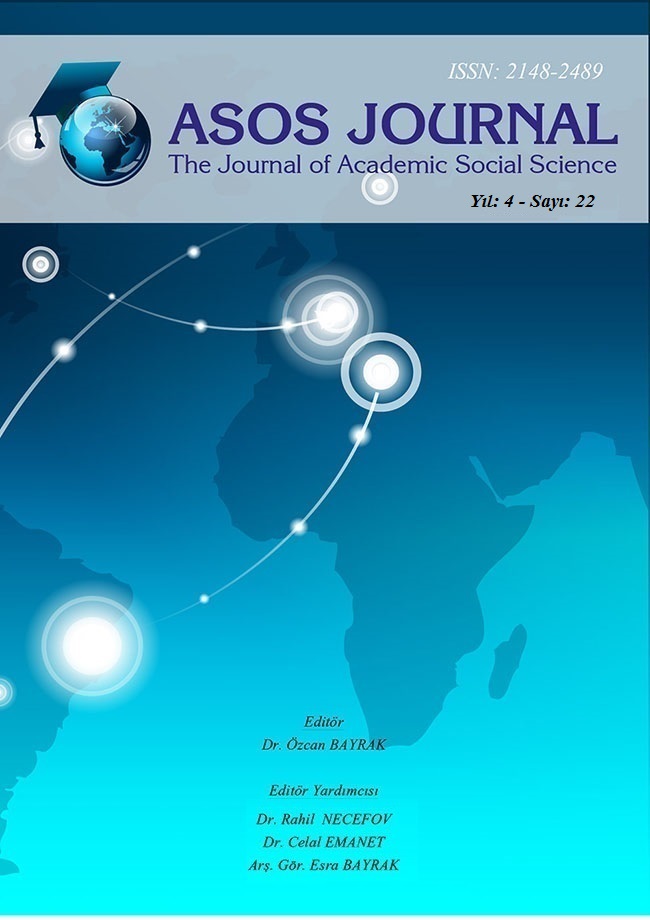Author :
Abstract
Yerinden yönetim özellikle son yıllarda üzerinde çok konuşulan alanlardan birini teşkil etmektedir. Yerinden yönetimle hem demokrasinin tabana yayılması hem de hantallaşmış durumdaki merkezî yönetimlerin yükünün azaltılması ve böylece daha dinamik örgütlenmeye ulaşılmak istenmektedir. Türk eğitim tarihinde buna benzer ilk örnek maarif eminlikleriydi. Türk milli eğitim teşkilatı 1926 yılında bakanlığın yükünü azaltmak, bürokrasiyi en aza indirmek ve daha etkin bir yönetim oluşturmak üzere Türkiye’yi eğitim bölgelerine ayırarak buralarda maarif eminlikleri oluşturmuştu. Ancak kendi kontrolünde bütçelerinin olmaması, bütçelerin illerden gelen bütçelerden oluşması, yeterli finansal kaynaklarının yaratılamaması ve kendisinden beklenen verimin alınamayarak daha çok bir teftiş örgütüne dönüşmesi nedeniyle bu yerinden yönetim deneyimi beş yıllık uygulamadan sonra rafa kaldırılmış, bir daha da bu yönde bir girişim başlatılmamıştır.
Keywords
Abstract
Self-Governance has been, recently, accepted one of the most widely spoken topics. By the means of self-governance, both the spread of democracy to grassroots and the reduction of the workload of the unwieldy central administrations are provided. Thus, It is aimed to have more dynamic organizations. The first examples similar to those were, actualy, educational institutions in Turkish educational history. In 1926, Turkish National Education Organization constituted The Educational Institutions by seperating Turkey into educational areas to reduce the workload of the ministry, to minimize bureaucracy and to create a more efficient management. However; those self-governance attempts ended after a 5-years implemantation as they did not have a self-controlled budget and their budgets were being provided from the counties. Besides, sufficient financial resources were not able to be created and the expected outputs could not be gained and it turned into an organiza





